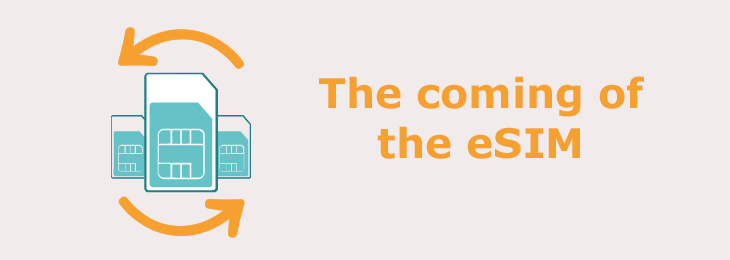
Future smartphones will come with a virtual SIM, meaning without a physical SIM card.
With the introduction of the iPad mini 2 in late 2014 Apple has already started to go in this direction. Since then, iPads in North America are still shipped with a real SIM card but it is not assigned to a carrier, allowing the user to select the carrier.
The next steps involve Apple and Samsung to remove the physical SIM card entirely and use only a virtual SIM (called also eSIM) that will allow them be the providers. Users will have a subscription with Apple, for example, for the cell / data service, instead of having directly with the carrier. Apple might even become a MVNO (meaning a mobile virtual network operator) relying on real carriers infrastructure. The process is similar to Apple Pay relying on Credit Card providers and their infrastructure – it will do the same with mobile carriers.
You might ask why we as a Software Security company care about it and it is a good question. We believe that the virtual SIM will be a great thing for the overall security of mobile devices since it will be even harder to take advantage of lost or stolen devices. With Apple’s Mobile Device Management (MDM) for iOS devices and Macs the security is already very high especially if they are in Supervised mode, or for example Android Devices from Samsung with Knox support. But with the embedded SIM (what the term eSIM stands for, actually) the devices will be even more secure and less likely to be jailbroken to circumvent the security of the devices as it is still possible nowadays. To read more about our thoughts on this topic VentureBeat has published an article here.
Download our free ebook on
Data Loss Prevention Best Practices
Helping IT Managers, IT Administrators and data security staff understand the concept and purpose of DLP and how to easily implement it.









